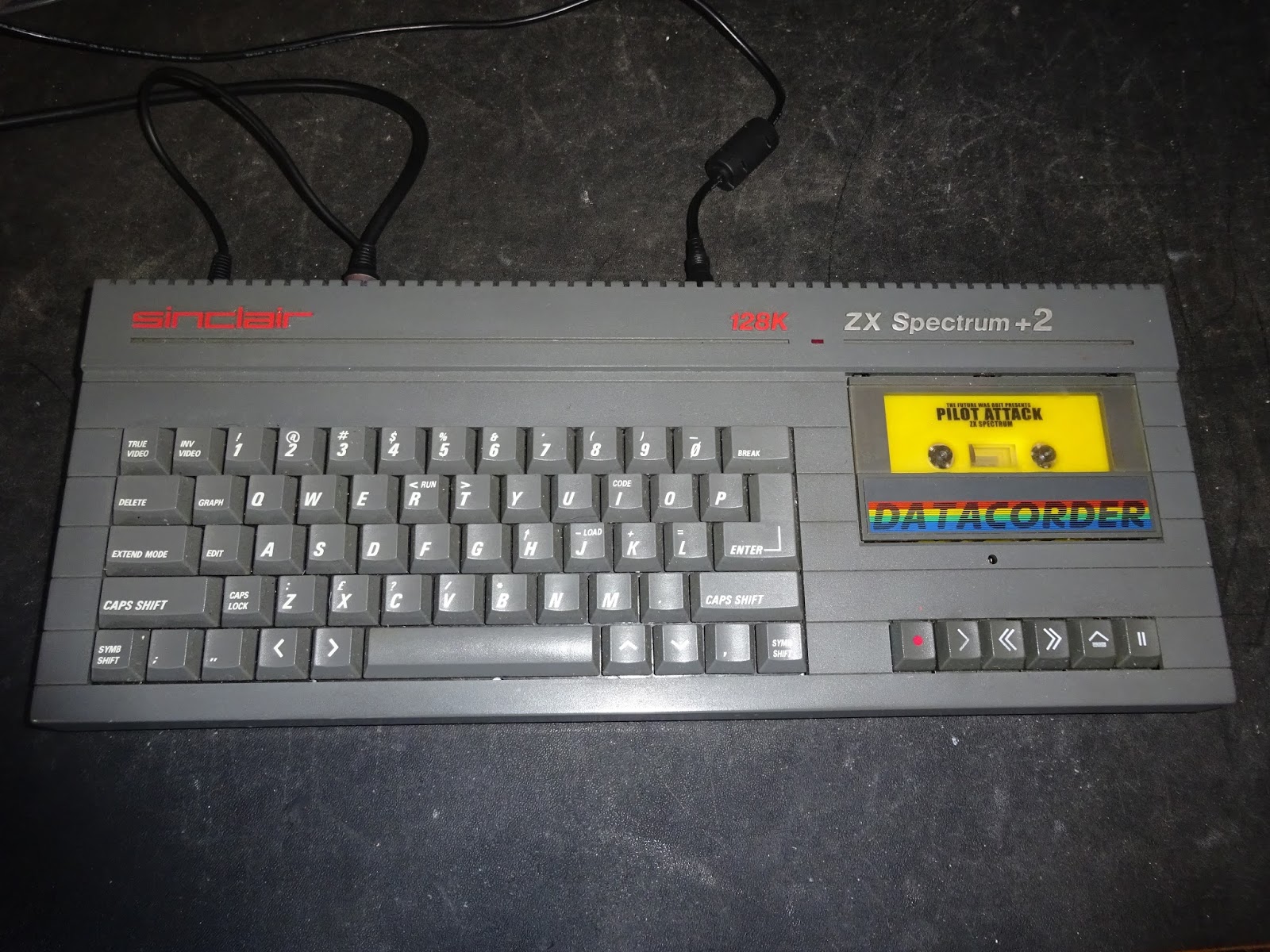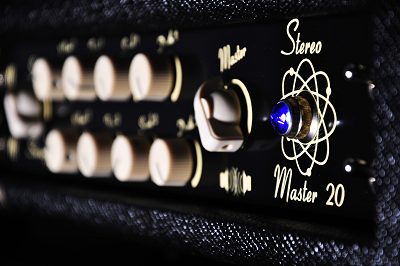
Thanks for stopping by! Don't forget to make na offer I'm always easy to negotiate with. Tape reels are not included in this sale. Member 61. By betty boop Februin Cassette and Reel to Reel Share More sharing options. Due to the machine's age and my reluctance to fiddle too much with the machine, I am selling it as is. HI-FI AND STEREO Cassette and Reel to Reel Original master tape IGNORED Original master tape. Even though, as pictured, the right tape guide is a little bent: this does not impede on the recording or tape's path. It just the connection between the control panel and the machine is not functioning. Either there is a connector loose or a part that need to be looked at.

This tape machine has been having a couple issues with the transport controls. This tape machine has everything you could ever want: cue outputs on each channel EQ selector 7.5, 15, 30 ips tape speeds varispeed, remote control with long cable easy tape editing and manipulation built in stereo speakers, etc. Tape format: 1/4 - 2 tracks Recording speed: 15 ips (38 cm/sec) Brand of the virgin tape: RTM - Recording the Masters Tape model: SM900-premium high output. I own a few SACD's and even fewer DVD-A's, but no hardware that plays either.This is a dream machine! If you're looking for a great stereo tape machine to run masters through for some saturation or just some tape warmth, this is your kind of machine. I had no idea, and I'm sure I have nothing that would play them. And it sounds like a few have been made this way from what I've read in this string. I'm sure I'd be enjoying much better fidelity than my Q8 carts running at 3 3/4 ips. I'd love to see someone create digital versions from the quad masters of some of my favorite albums that would play on modern surround equipment. Not just what tape deck they used to capture a quad mix 1/2 inch 4-track is probably the easiest assumption to make, standard for that era.but also who ordered that quad mixes be made of certain albums and not others, what studios had controls rooms with quad mixing setups, where were they, who was the "best" quad engineer, were any pictures taken? Questions such as those, and more. I'm glad to see this topic being discussed, because I've had similar questions for years about how quad mixes were approached in the studio. Guess I'll probably wait until I can somehow source this B.R. So I didn't know whether it was worth the DL. the plot thickens! found one 'somewhere', but it didn't say much, just 'Q8 source', size= 1.47 GB and the files were posted as FLAC (24-bit / 96kHz), This would be fairly important to get the information decoded faithfully. Being that noise reduction was very much dependent on the operating levels,

The trick would be to get the appropriate signal level into the Dolby unit, if memory serves those TEAC machines were consumer-level outputsĪt -10dB, (I could be wrong) and the Dolby definitely expecting to see a +4dB signal. Still, 15 IPS / 4-track / 1/4" is a very unusual format, I guess some of those older TEAC machines and others mentioned in those gorgeous catalogs Jon posted could One way to know for sure is that such a tape would always have a small section at the top usually separated from the program itself by white leader tape, withĪbout one minute of those warbly Dolby tones necessary to properly calibrate the noise reduction unit prior to playback.

Getting copies from those would really guarantee a whole other dimension in terms of quality and dynamic range,Įspecially when thinking of the limitations of Q8 / 8-track consumer formats.Īnd arguably, in the case of the vinyl releases, there may be a lot more separation that could ever be present on the discs?Īs for the use on Dolby in original tapes and production masters, I would venture to say that 'Dolby A' was pretty much the standard for studio tapes in 1974. Has anyone ever seen one of those source Quad master tapes? On 1/2" 4-track 15 ips open reel tapes? (Ampex, Scully, 3M decks) Did some of them use noise reduction like Dolby A for this?Īnd then some sort of 2-track tape with the SQ or CD-4 matrix encoding already in them? Or was this sort of encoding taking placeĪt the mastering lab, directly to the lathe's cutterhead (still from a 4-track source)?

Were there several generations of masters, with the original being something such as 'un-encoded' straight quad mixes, probably What were the formats studios used for the mixdown masters that led to Q4 and Q8 tapes? (and more generally other disc-based Out of curiosity, and sorry if this has been discussed previously:


 0 kommentar(er)
0 kommentar(er)
